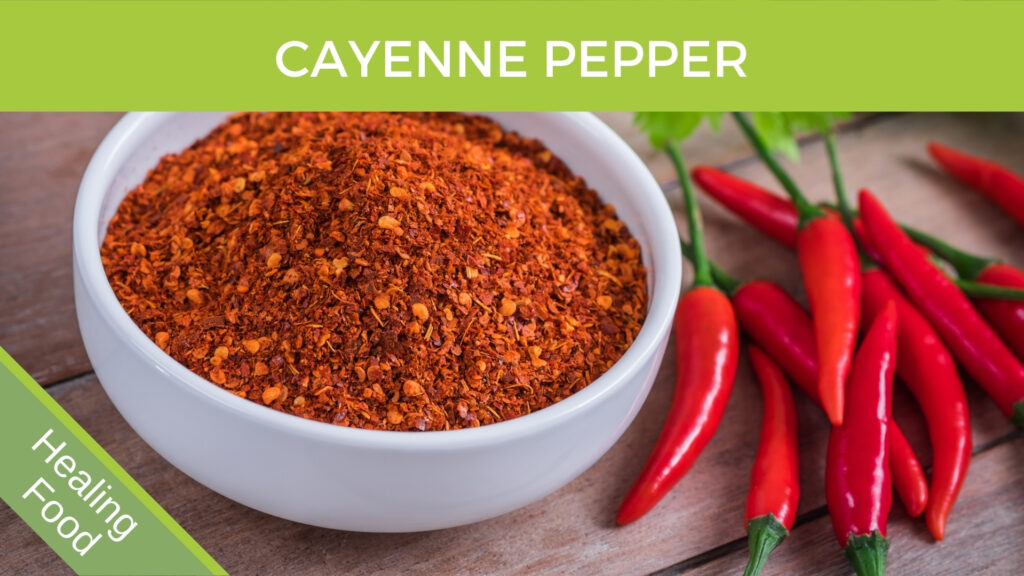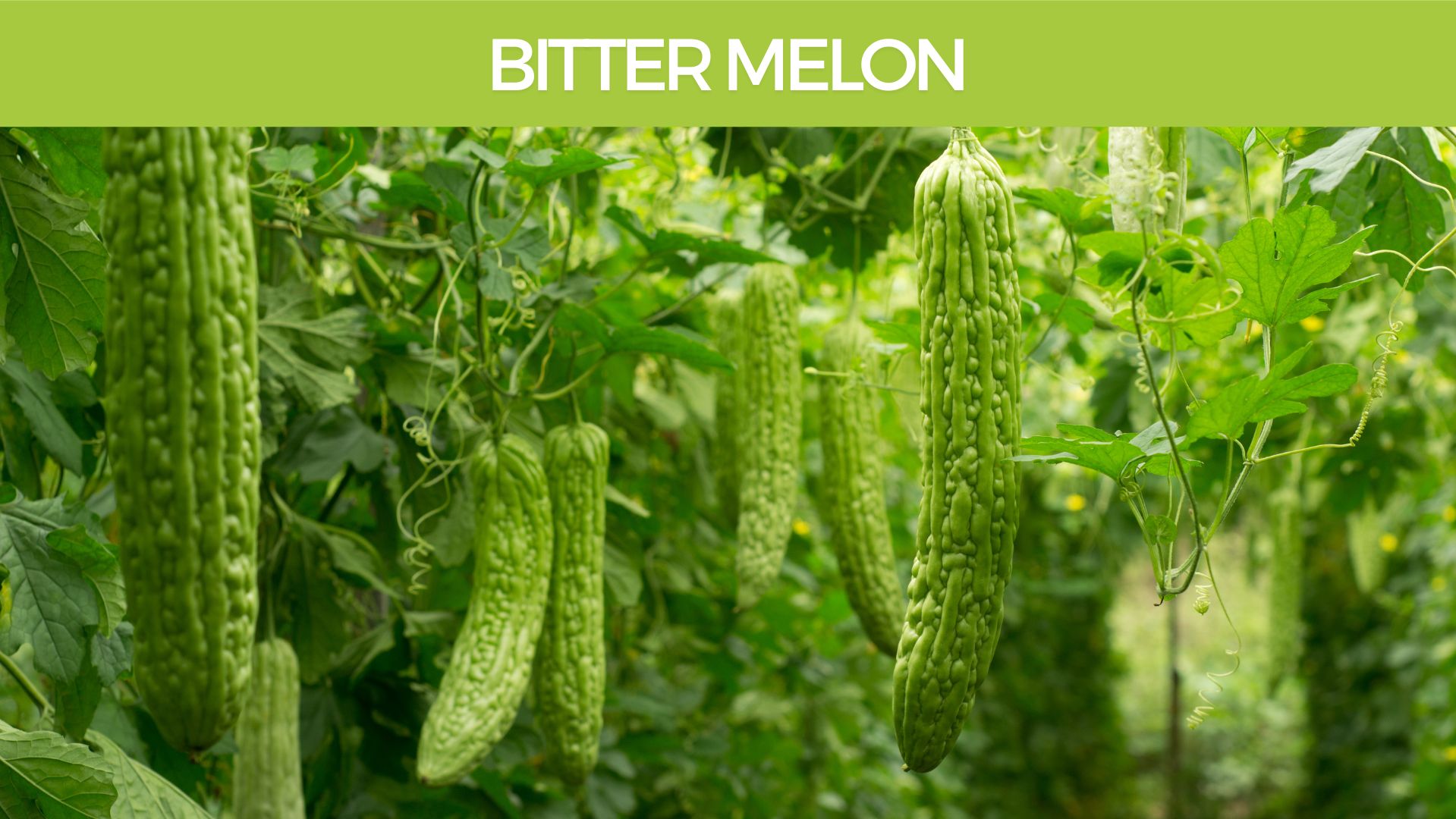- 2 years ago
- 5Minutes
- 1210Words
- 1847Views
Overview
Capsicum annuum is an annual or biennial plant producing the spicy fruit commonly known as Cayenne Pepper or Chili. In-fact Chili is the Aztec name for cayenne pepper. It has been used by Native Americans as food and medicine for at least nine thousand years. Based on archeological evidence, its cultivation in Mexico is believed to have begun around seven thousand years ago. (4)
Native to tropical America and now cultivated worldwide in tropical and subtropical zones (1). The degree of pungency, calculated in heat units, of dried Capsicum or the extract, determines its value (2). Traded material mainly comes from Africa, China, and India (3).
(1) Leung, A.Y. and S. Foster. 1996. Encyclopedia of Common Natural Ingredients Used in Food, Drugs and Cosmetics, 2nd ed. New York: John Wiley & Sons, Inc.
(2) Wood, A.B. 1987. Determination of the pungent principles of chilies and ginger by reversed-phase high-performance liquid chromatography with use of a single standard substance. Flavour Fragrance J 2:112.
(3) British Herbal Pharmacopoeia (BHP). 1996. Exeter, U.K.: British Herbal Medicine Association. 55-56.
(4) Lembeck, F. 1987. Columbus, Capsicum, and capsaicin: past, present, and future. Acta Physiol Hung69(34):265-273.
(5) Shih-Chen, L., F.P. Smith, G.A. Stuart. 1973. Chinese Medicinal Herbs. San Francisco, CA: Georgetown Press.
(6) But, P.P.H. et al. (eds.). 1997. International Collation of Traditional and Folk Medicine. Singapore: World Scientific. 138-139.
(7) Deutsches Arzneibuch (DAB 1997). 1997. Stuttgart: Deutscher Apotheker Verlag.
(8) Palevitch, D. and L.E. Craker. 1995. Nutritional and medical importance of red pepper (Capsicum spp.). J Herbs Spices Med Plants 3(2):55-83.
(9) Bernstein J.E., D.R. Bickers, M.V. Dahl, J.Y. Roshal. 1987. Treatment of chronic postherpetic neuralgia with topical capsaicin. A preliminary study. J Am Acad Dermatol 17(1):93-96. Bernstein J.E., N.J. Korman, D.R. Bickers, M.V. Dahl, L.E. Millikan. 1989. Topical capsaicin treatment of chronic postherpetic neuralgia. J Am Acad Dermatol 21(2 Pt 1):265-270.
(10) Garrett, N.E., S.C. Cruwys, B.L. Kidd, D.R. Tomlinson. 1997. Effect of capsaicin on substance P and nerve growth factor in adjuvant arthritic rats. Neurosci Lett 230(1):58.
(11) Budavari, S. (ed.). 1996. The Merck Index: An Encyclopedia of Chemicals, Drugs, and Biologicals, 12th ed. Whitehouse Station, N.J.: Merck & Co, Inc. 287-289.
(12) Newall, C.A., L.A. Anderson, J.D. Phillipson. 1996. Herbal Medicines: A Guide for Health-Care Professionals.London: The Pharmaceutical Press.
(13) Biological Activities of Red Pepper (Capsicum annuum) and Its Pungent Principle Capsaicin: A Review. http://www.ncbi.nlm.nih.gov/pubmed/25675368
(14) Capsaicinoids and capsinoids. A potential role for weight management? A systematic review of the evidence. http://www.ncbi.nlm.nih.gov/pubmed/22634197
(15) Could capsaicinoids help to support weight management? A systematic review and meta-analysis of energy intake data. http://www.ncbi.nlm.nih.gov/pubmed/24246368
(16) Capsaicin may have important potential for promoting vascular and metabolic health. http://www.ncbi.nlm.nih.gov/pubmed/26113985
(17) Capsaicin-containing chili improved postprandial hyperglycemia, hyperinsulinemia, and fasting lipid disorders in women with gestational diabetes mellitus and lowered the incidence of large-for-gestational-age newborns. http://www.ncbi.nlm.nih.gov/pubmed/25771490
(18) Capsaicin as an anti-obesity drug. http://www.ncbi.nlm.nih.gov/pubmed/24941669
(19) Cough reduction using capsaicin. http://www.ncbi.nlm.nih.gov/pubmed/25468411
(20) Topical capsaicin (high concentration) for chronic neuropathic pain in adults. http://www.ncbi.nlm.nih.gov/pubmed/23450576
(21) Dietary Capsaicin Protects Cardiometabolic Organs from Dysfunction. Pubmed https://www.ncbi.nlm.nih.gov/pmc/articles/PMC4882656/
Traditional Uses
Cayenne was introduced into traditional Indian Ayurvedic medicine as well as traditional Chinese, Japanese, and Korean medicines, respectively. In traditional Chinese medicine, cayenne is considered to have digestive stimulant action and is sometimes used to cause diaphoresis (5). In China and Japan, the tincture is used as an ointment externally to treat muscle pain and frostbite (6).
Active constituents
Cayenne pepper contains up to 1.5% capsaicinoids (pungent principles) including 0.11% capsaicin, 6,7-dihydrocapsaicin, nordihydrocapsaicin, homodihydrocapsaicin, and homocapsaicin; fixed oils ; carotenoid pigments including capsanthin, capsorubin, alpha- and beta-carotene, steroid glycosides, including capsicosides, vitamins A and C; trace of volatile oil (1,11, 12).
Modern Uses
- Pain and Muscle spasms – In the official German Pharmacopeia cayenne is approved as a topical ointment for the relief of painful muscle spasms (7). In the United States, Pharmacopeia Cayenne was used as a carminative, stimulant, and rubefacient (1). Capsaicin, taken from Capsicum, is recognized by the U.S. FDA as a counterirritant for use in OTC topical analgesic drug products (8). For arthritis relief, capsaicin interferes with the pain of inflammatory joint disease when applied topically. It may block pain fibers by destroying substance P, which normally would mediate pain signals to the brain (10). Cayenne has been used to treat arthritis, rheumatism, neuralgia, lumbago, and chilblains.
- Herpes Zoster and Shingles – Capsicum ointments containing 0.025% or 0.075% capsaicin, are used topically to treat shingles (herpes zoster). Many studies on topical preparations containing capsaicin have been documented. Human trials have investigated its use as a treatment for chronic post-herpetic neuralgia (9).
- Gastric Ulcer – Capsaicin inhibits acid secretion, stimulates alkali and mucus secretion and particularly gastric mucosal blood flow which helps in prevention and healing of gastric ulcers. (13)
- Weight loss – Cayenne has been shown to encourage weight loss. Three main areas of potential benefit for weight management were found: increased energy expenditure increased lipid oxidation and reduced appetite. (14) Findings suggest that daily consumption of capsaicinoids may contribute to weight management through reductions in energy intake. Subsequently, there may be potential for capsaicinoids to be used as long-term, natural weight-loss aids. (15) Capsaicin consumption 1 hour before low-intensity exercise is a valuable supplement for the treatment of individuals with hyperlipidemia and/or obesity because it improves fat burning. Capsinoid ingestion increases energy expenditure through the activation of brown adipose tissue in humans. (18)
Clinical studies
Cardiovascular benefits
The receptor for capsaicin is called the transient receptor potential vanilloid subtype 1 (TRPV1). TRPV1 is ubiquitously distributed in the brain, sensory nerves, dorsal root ganglia, bladder, gut, and blood vessels. Activation of TRPV1 leads to increased intracellular calcium signaling and, subsequently, various physiological effects. TRPV1 is well known for its prominent roles in inflammation, oxidation stress, and pain sensation. Recently, TRPV1 was found to play critical roles in cardiovascular function and metabolic homeostasis. (21)
Metabolic boosting
Capsaicin, the phytochemical responsible for the spiciness of peppers, has the potential to modulate metabolism via activation of transient receptor potential vanilloid 1 (TRPV1) receptors, which are found not only on nociceptive sensory neurons but also in a range of other tissues. Clinically, ingestion of capsaicin-or its less stable non-pungent analog capsiate-has been shown to boost metabolic rate modestly. (16)
Blood sugar balancing
Capsaicin-containing chili supplementation regularly improved postprandial hyperglycemia and hyperinsulinemia as well as fasting lipid metabolic disorders in women. (17)
Cough suppression
Capsaicin powder taken orally decreased cough sensitivity and cough symptoms. (19)
Pain Relief
Topical creams with capsaicin are used to treat peripheral neuropathic pain. Following application to the skin, capsaicin causes enhanced sensitivity, followed by a period with reduced sensitivity and, after repeated applications, persistent desensitization. (20)
Side Effects
In rare cases, hypersensitivity reaction may occur (urticaria).
Dosage
Ointment or cream: Containing <0.05% capsaicinoids in an emulsion base, applied to affected area.
Capsules containing cayenne pepper: Not more than 5gm daily
Tincture 1:10 (g/ml), 90% ethanol: applied locally or 1% in herbal formulation.
Warning: Cayenne preparations may irritate the mucous membranes even in very low doses potentially causing painful burning sensations. Avoid direct contact with the eyes.
Products:
Cayenne can be found in the following Ultimate Herbal Health products:
- The ultimate Herbal DETOX program
- Ultimate Herbal SLIM Program
- BodiTune Detox ‘n Slim Protein Drink
- Thermogenik Metabolic booster
- Digezaid digestive support
Brett Elliott ®





